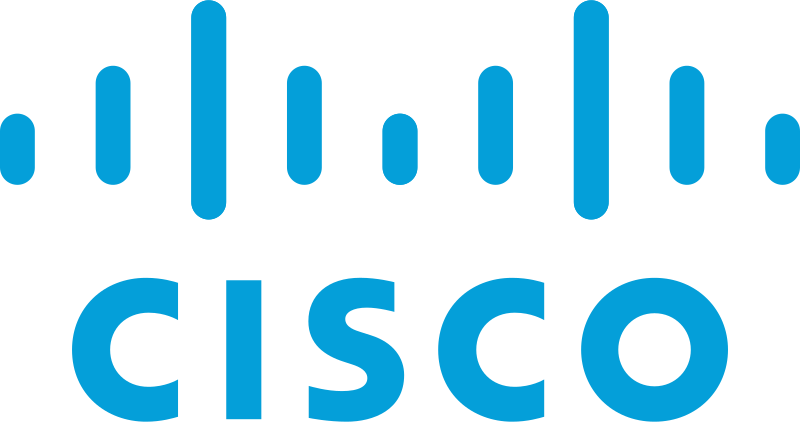ISO 27001 certification
This resource provides a comprehensive guide to achieving ISO 27001 certification, detailing the process, benefits, and key components necessary for establishing and maintaining an effective information security management system.
ISO 27001 is an internationally recognised standard for information security management systems (ISMS). Achieving ISO 27001 certification demonstrates an organisation’s commitment to protecting sensitive information and managing security risks effectively. This certification provides a structured approach to securing information assets and ensures that an organisation meets globally accepted security practices.
Understanding ISO 27001
ISO 27001 is part of the ISO/IEC 27000 family of standards, which are designed to help organisations keep information assets secure. ISO 27001 specifies the requirements for establishing, implementing, maintaining, and continually improving an ISMS. It also includes requirements for the assessment and treatment of information security risks tailored to the needs of the organisation.
Key Benefits of ISO 27001 Certification
- Enhanced Information Security: Protects sensitive information from unauthorised access, breaches, and theft.
- Regulatory Compliance: Helps meet legal, regulatory, and contractual requirements related to information security.
- Risk Management: Provides a structured approach to identifying, assessing, and managing security risks.
- Reputation Management: Demonstrates a commitment to security, enhancing trust with clients, partners, and stakeholders.
- Business Continuity: Ensures the resilience of IT systems and processes, reducing the impact of potential security incidents.
- Competitive Advantage: Differentiates your organisation in the marketplace as a leader in information security.
The ISO 27001 Certification Process
Achieving ISO 27001 certification involves a series of steps that ensure your organisation meets the standard’s rigorous requirements. Here’s a detailed overview of the process:
1. Initial Preparation
Understand the Standard: Familiarise yourself with the ISO 27001 standard and its requirements.
Obtain Management Support: Secure commitment from top management to allocate necessary resources and support for the certification process.
Define the Scope: Determine the boundaries and applicability of the ISMS in terms of the organization, locations, assets, and technology.
2. Risk Assessment and Treatment
Conduct a Risk Assessment: Identify potential threats, vulnerabilities, and impacts on information assets.
Develop a Risk Treatment Plan: Establish measures to mitigate identified risks, aligning with the organisation’s risk appetite and security objectives.
3. Establish the ISMS
Define the ISMS Framework: Develop policies, procedures, and controls to manage and protect information assets.
Implement Controls: Apply security controls to address identified risks and meet ISO 27001 requirements.
Training and Awareness: Educate employees about the ISMS, their roles, and responsibilities in maintaining information security.
4. Documentation and Records
Document the ISMS: Create detailed documentation of policies, procedures, risk assessments, and controls.
Maintain Records: Keep records of ISMS activities, including training, risk assessments, audits, and incident responses.
5. Internal Audit
Conduct Internal Audits: Regularly audit the ISMS to ensure compliance with ISO 27001 requirements and identify areas for improvement.
Management Review: Top management should review the ISMS to ensure its continued suitability, adequacy, and effectiveness.
6. Certification Audit
Stage 1 Audit (Documentation Review): An external auditor reviews the ISMS documentation to ensure it meets ISO 27001 requirements.
Stage 2 Audit (Implementation Review): The auditor assesses the implementation and effectiveness of the ISMS through on-site inspections and interviews.
7. Certification and Beyond
Certification Decision: If the ISMS meets ISO 27001 requirements, the certification body issues the ISO 27001 certificate.
Continuous Improvement: Maintain and continually improve the ISMS through regular monitoring, audits, and updates to address evolving security threats and business needs.
Surveillance Audits: Periodic audits by the certification body to ensure ongoing compliance with ISO 27001 standards.
Key Components of ISO 27001
- Information Security Policies: Establish and maintain policies to provide management direction and support for information security.
- Organisation of Information Security: Define roles and responsibilities for information security management within the organisation.
- Human Resource Security: Ensure employees, contractors, and third-party users understand their responsibilities before, during, and after employment.
- Asset Management: Identify and manage information assets and maintain appropriate protection.
- Access Control: Implement controls to restrict access to information based on business needs.
- Cryptography: Use cryptographic controls to protect the confidentiality, integrity, and authenticity of information.
- Physical and Environmental Security: Protect information and physical assets from physical and environmental threats.
- Operations Security: Ensure the secure operation of information processing facilities.
- Communications Security: Protect information in networks and ensure the secure transfer of data.
- System Acquisition, Development, and Maintenance: Ensure security is integral to information systems across their lifecycle.
- Supplier Relationships: Maintain security requirements in supplier agreements.
- Information Security Incident Management: Ensure a consistent and effective approach to managing information security incidents.
- Business Continuity Management: Implement processes to ensure business continuity in the event of a disruption.
- Compliance: Ensure compliance with legal, regulatory, and contractual obligations related to information security.
Conclusion
ISO 27001 certification is a rigorous process that demonstrates an organisation’s commitment to information security. By achieving this certification, your organisation can significantly enhance its security posture, meet regulatory requirements, and build trust with stakeholders. For further assistance in achieving ISO 27001 certification and strengthening your information security management system, contact Empire Technologies and speak to one of our experts today.
Trusted by some the world’s leading organisations









